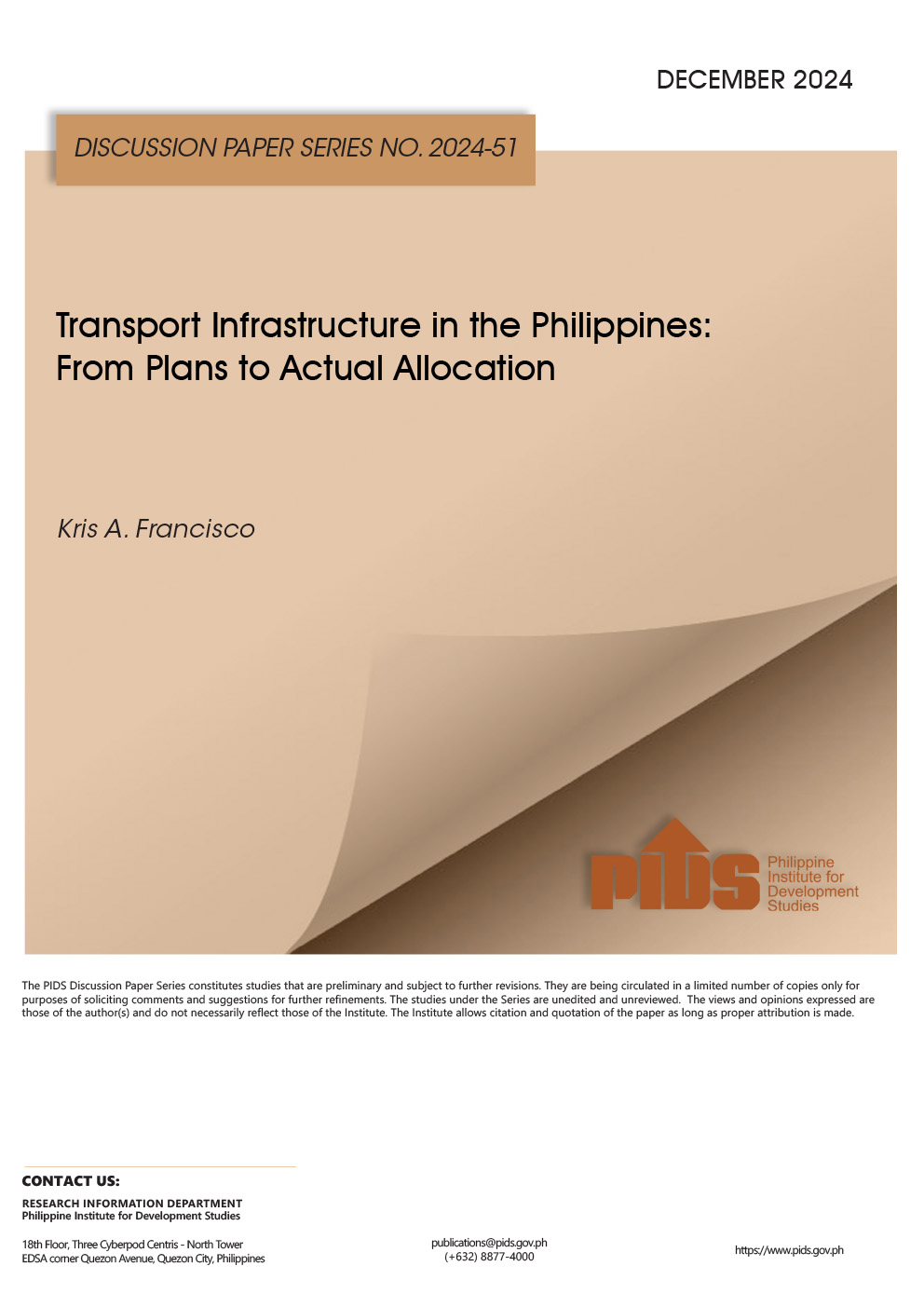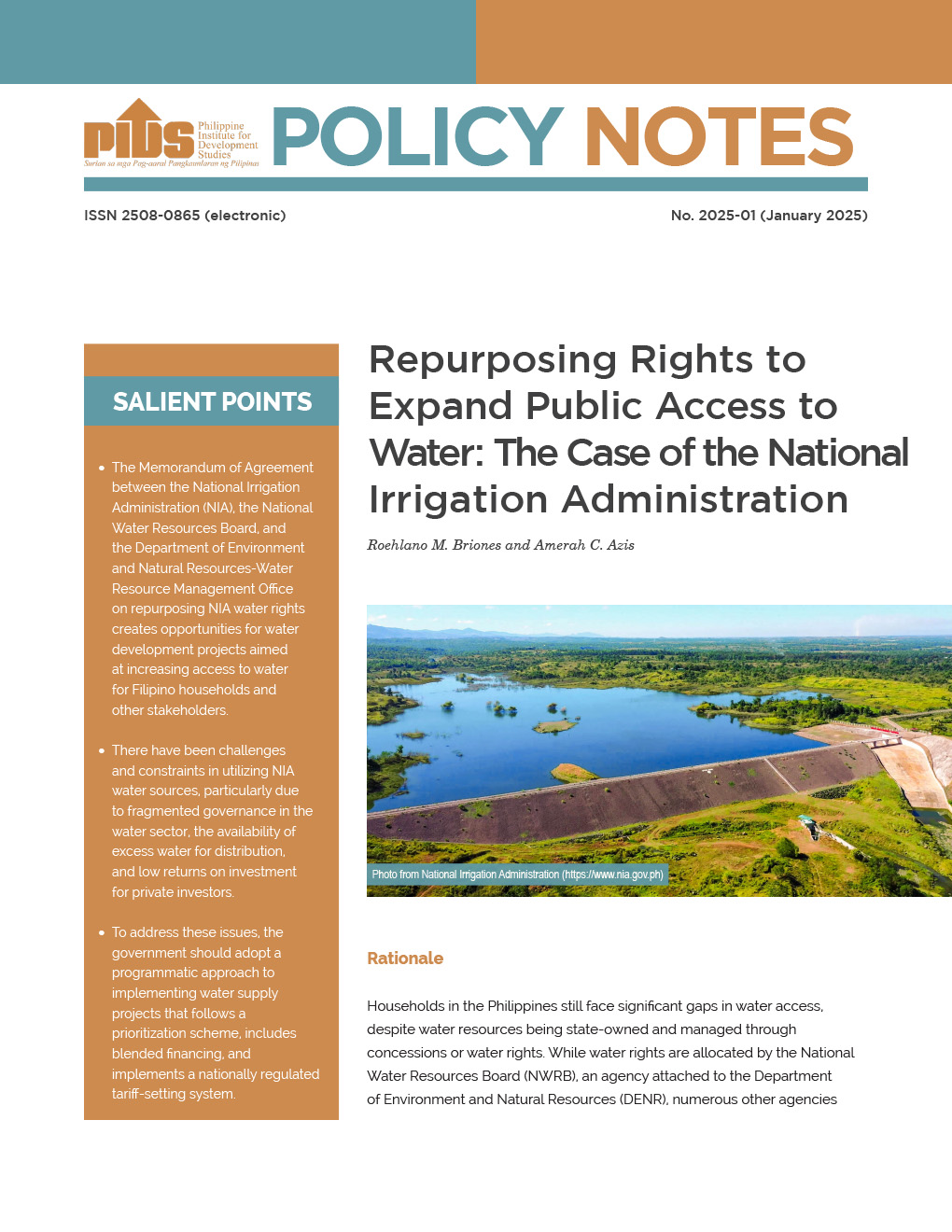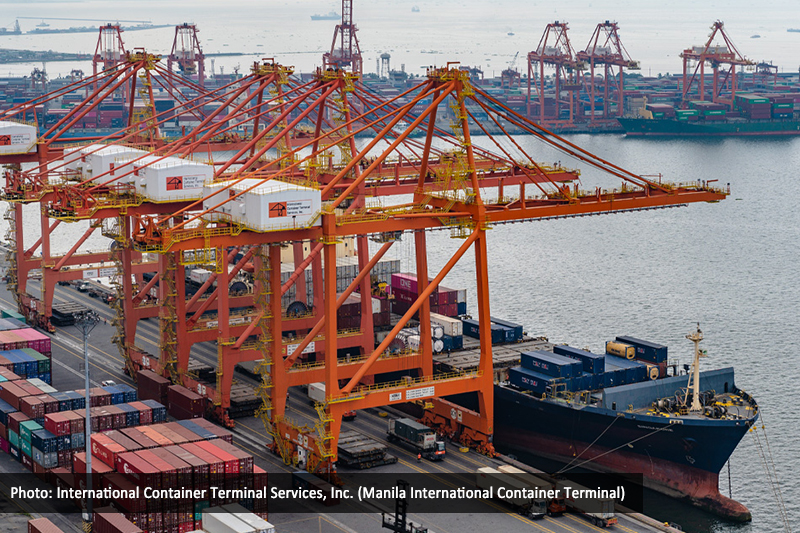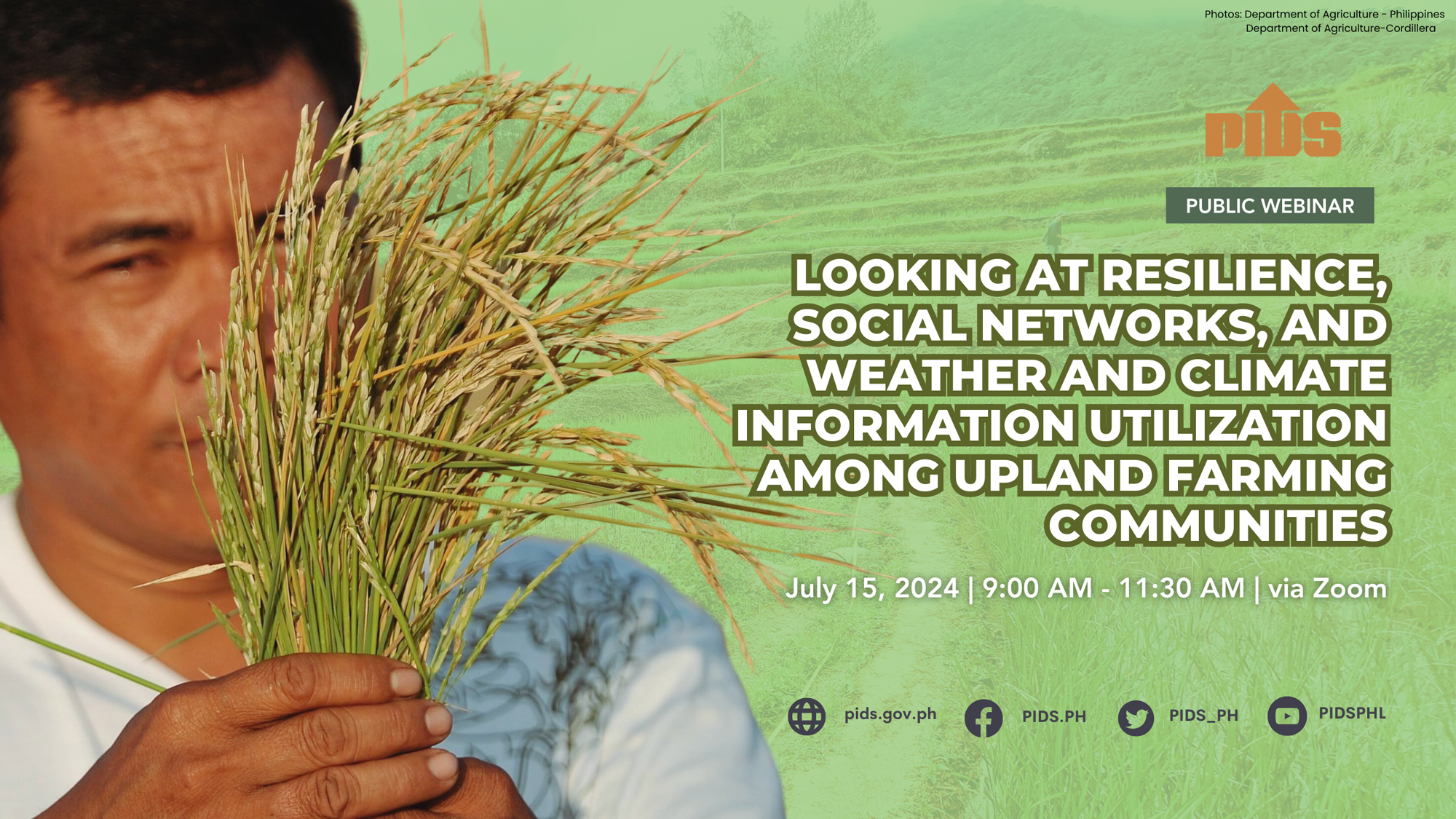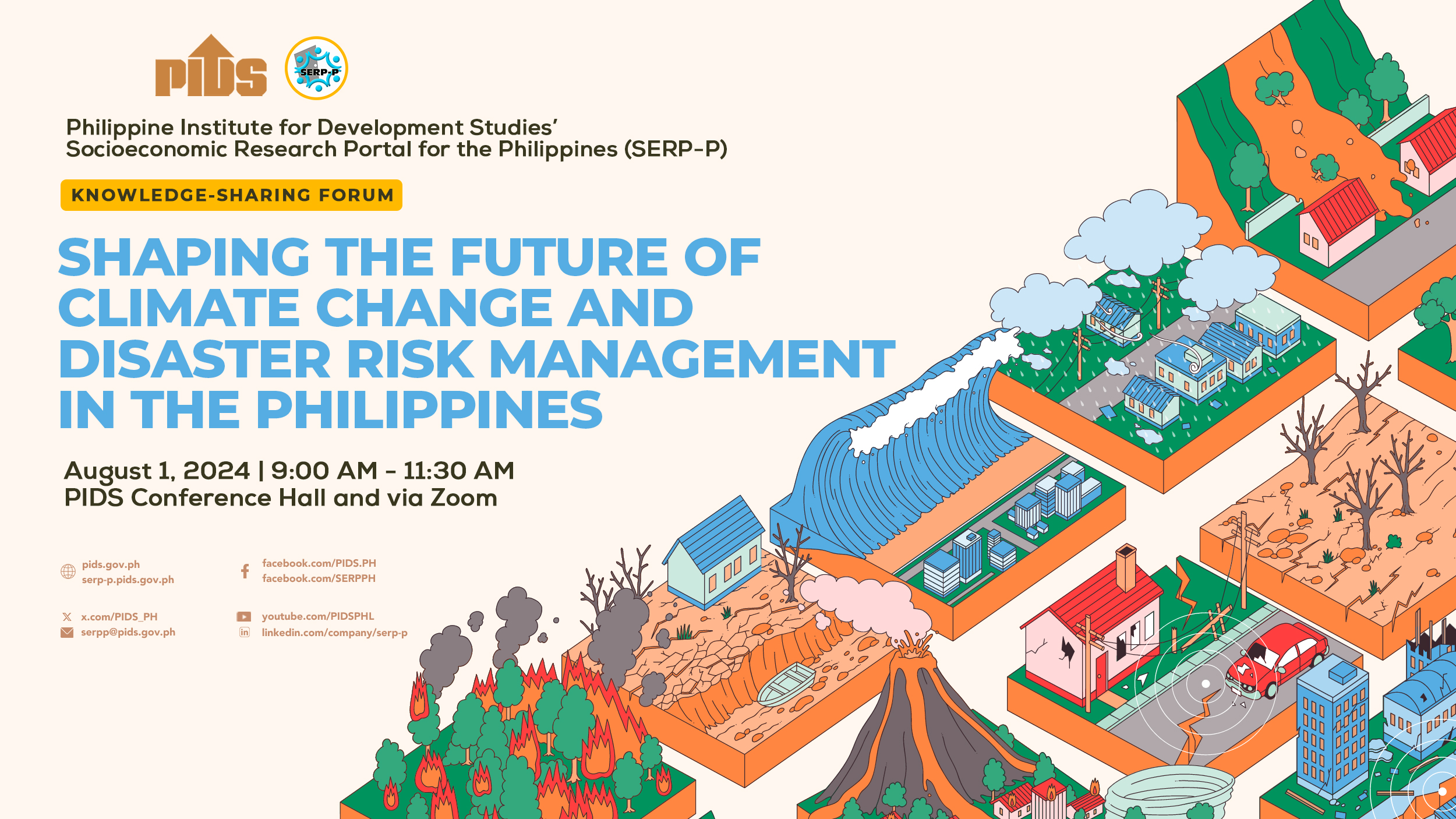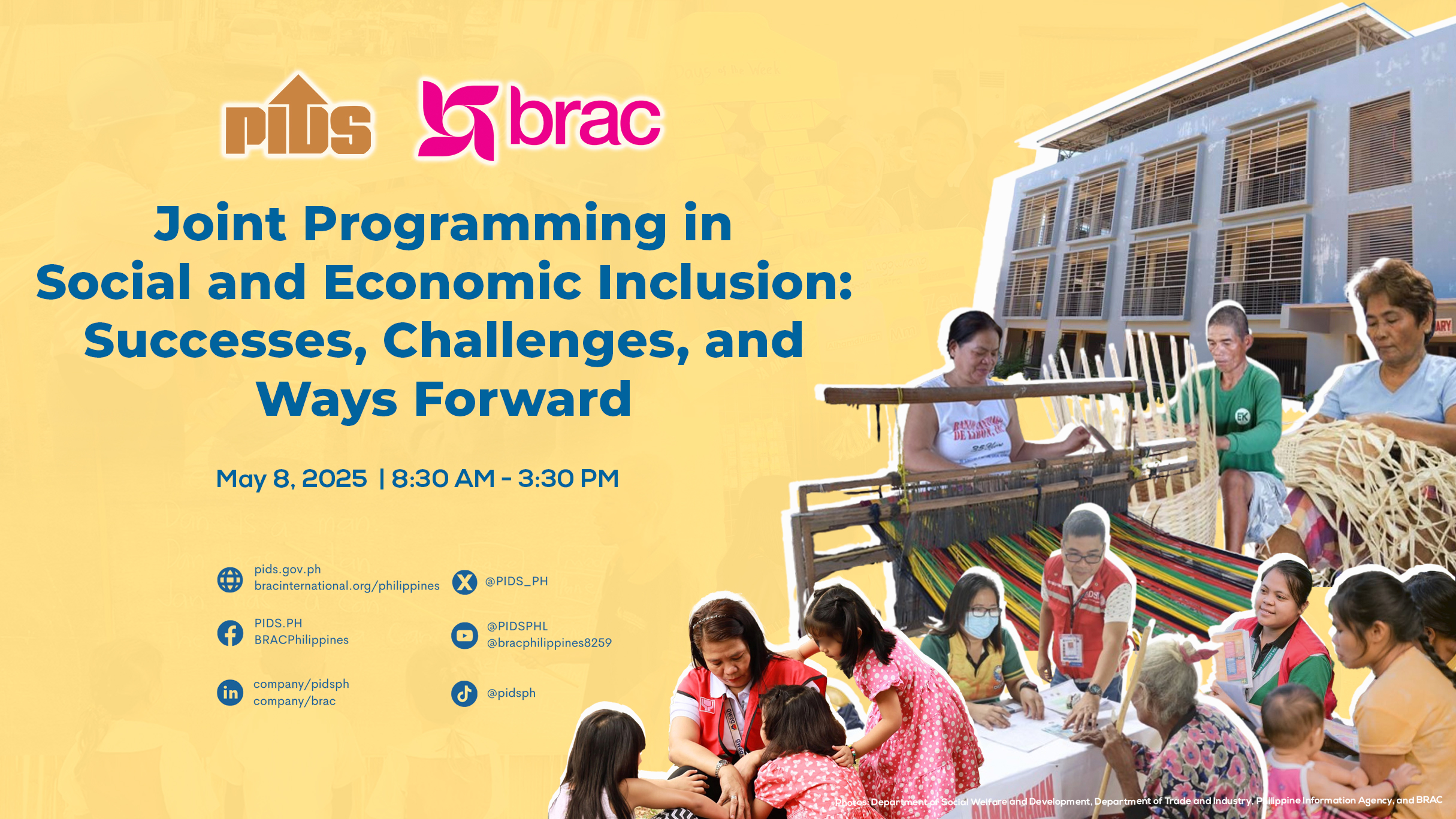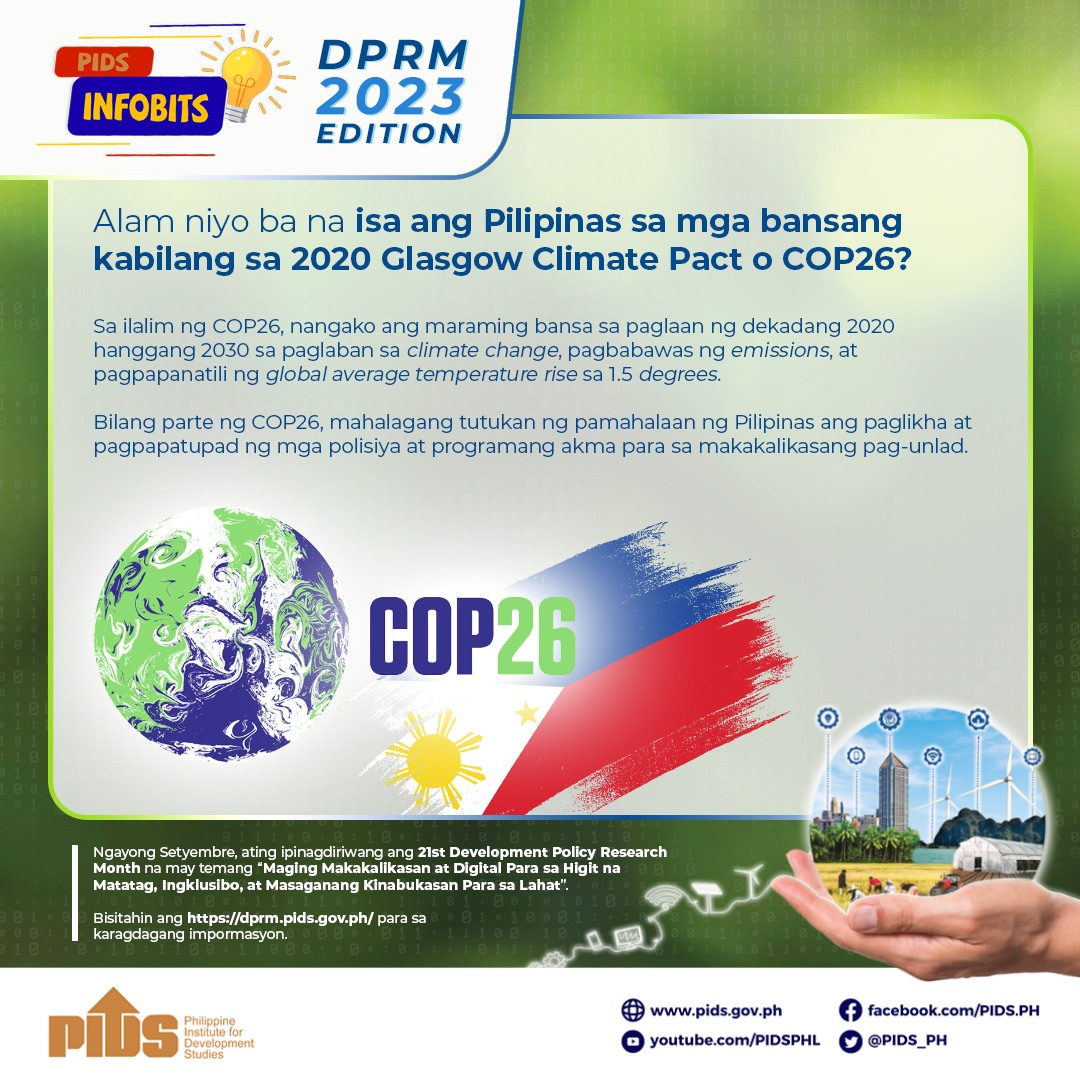WE joke about having the worst traffic in the world, with Edsa as the longest parking lot, and laugh, “We have no choice, we have a ‘traffic-al’ climate”.
Traffic will get worse before it gets better because P160.8 billion in massive construction will go full swing simultaneously in Metro Manila, resulting in paralyzing gridlocks, unless innovative immediate solutions are done.
No great luck with gridlock. One such project is a bridge connecting Bonifacio Global City to the Ortigas business center in Pasig, which will absorb 25 percent of Edsa’s traffic.
Any major construction alone causes tentacular massive ripple effects of traffic spillovers, what more a simultaneous construction frenzy of underpasses, flyovers, road-widening, Metro Rail Transit (MRT) and Light Rail Transit (LRT) projects.
Already, traffic is at its worst, relates Rochit Tanedo on her way home from Makati at 3 p.m. one recent Friday, trying to hail a taxi to Pasig, only to be rejected five times after a long wait at a seniors’ taxi queue. She crossed streets to no avail, neither could she dread the rush hour MRT queue nightmares.
By 7 p.m., she took the Point-to-Point bus to Robinson’s Galleria, arriving at almost 8:30 p.m. Buses/jeepneys were full, and neither could bring her inside Valle Verde, so she waited another hour for a cab or Grab and got a taxi by 10 p.m. and, finally, arrived home by 11 p.m. for a short distance of one kilometer with the driver often nodding to sleep and had to be nudged on every few feet of traffic.
Rochit’s case contributes to the P2.4 billion a day in losses and lost opportunities, says a Japan International Cooperation Agency (Jica) study done years back, stressing this can soar to P6 billion a day.
Nobody sees elephant in room? Eighty percent of traffic is caused by private cars, which is the proverbial “elephant in the room” that many planners can’t seem to see. Imagine, Congress blames public transport, while experts of the National Economic and Development Authority’s Philippine Institute of Development Studies faulted buses. In contrast, ordinary drivers grounded on reality see the culprit—the volume of cars as competitors for road space, causing 80 percent of traffic.
The Jica says private cars carry an average of 1.2 passengers against a bus with 60 seated and 10 to 20 more standing on the aisles. One bus is therefore equivalent to 50 to 60 cars of road space, or more with space intervals needed in-between cars. Public-transport franchises were frozen since 2003, despite rising commuter demand, triggering “colorums” while transport got more inefficient, jampacked and unsafe.
Thus, people shun more public transport and want to buy cars, or patronize the 125,000 Uber/Grab units and contribute to traffic.
Against the odds, go even. Meanwhile, immediate measures must be done to ease traffic. Against all odds and the same limited road space, the only recourse is efficient spatial management by maximizing road and vehicle capacities and distributing volumes over time.
Private cars can be required to undergo odd-even schemes during rush hours, say 6 to 7:30 a.m. for odd-ending numbers and 7:30 to 9 a.m. for even numbers, and similar skeds in the evening rush. Ex-Metropolitan Manila Development Authority General Manager Tim Orbos got it wrong when he introduced odd-even with multiple skeds, only confusing motorists. Key here is in execution details and doing test runs.
This will wipe out heavy traffic instantly, and still allow people to use and own cars even if sales of 4-wheeled vehicles reached 415,000 in 2016. It takes me 15 minutes to the airport before dawn, but three hours with daytime traffic only because cars go out simultaneously, slowing down each other to a snail’s pace. By simply distributing volume, we can even out the odds.
‘Standing policy’ for buses? Another immediate solution is removing bus seats, but keep a few for elderly, handicapped, etc. This will accommodate more passengers from the original 60 seated, at three and two-seaters to a row, plus 10 to 20 standing along the aisles, to over 100 to 120 passengers.
Wider aisles will allow faster unloading and loading, lesser time at bus stops, faster and more turnovers that prevent traffic buildups. By installing separate entrances and exits and another conductor, buses will welcome the resulting increase in passenger volume and turnovers.
If MRT/LRT passengers are made to stand, why not bus passengers? If Singapore, with its smaller population, requires, standing bus passengers, why not here. Just install speed limiters.
Truck bans don’t work? Truck bans supposedly to ease traffic do more harm. For one, it is causing more traffic owing to their massive buildup at the outskirts during the bans, which flood suddenly in mass when bans are lifted.
Second, they are antibusiness, as they slow down the flow of goods, affecting costs, supply-flow and prices. Of the 400,000 trucks nationwide, a bulk passing Metro Manila is affected.
So lift the truck ban and, instead, program truck deliveries over 24 hours through daytime charges and nighttime incentives like in other countries.
Slap high car-parking fees. Another measure is congestion pricing that is captured through high car-park fees, which can help fund infrastructure projects. This will discourage motorists from bringing their cars. Singapore collects about $6 billion in car-park fees, which can be done here.
As public roads were built from people’s money, public transport should be given more priority over cars, which must be slapped with fat parking fees. As people shift to public transport, the government can even absorb all colorums, which are actually sources of corruption. Any excess transport during lean hours can be corrected through platoon-dispatch systems.
B.L.E.S.S. in disguise? The monstrous traffic is a blessing in disguise for innovative out-of-the-box solutions like Voi Aguilar’s team proposes, a Bus Livelihood through Efficient Sustainable Systems (BLESS), a private bus-shuttle service, which corporations, homeowners, cooperatives, etc., can operate for their members, employees, etc. to encourage them to leave their cars behind to help solve traffic and join their extended respective communities on wheels, in a koop-like modest-earning BLESS bus that can be equipped with Wi-fi, GPS and all the gadgetry and amenities designed for motorists.
There are other specific short-term measures, plus bigger medium-term solutions, while waiting for the big projects like railways, flyovers, etc., but this entails a separate full discourse.
Wisdom nuggets mo? It is worth pondering some nuggets of wisdom, like Columbian economist-politician Gustavo Petro’s quote, “A developed country is not a place where the poor have cars. It’s where the rich use public transportation”; and our own environmentalist lawyer Tony Opposa’s statement, “In our desire for individual mobility [cars], we end up in collective dismobility [gridlock].”
Traffic will get worse before it gets better because P160.8 billion in massive construction will go full swing simultaneously in Metro Manila, resulting in paralyzing gridlocks, unless innovative immediate solutions are done.
No great luck with gridlock. One such project is a bridge connecting Bonifacio Global City to the Ortigas business center in Pasig, which will absorb 25 percent of Edsa’s traffic.
Any major construction alone causes tentacular massive ripple effects of traffic spillovers, what more a simultaneous construction frenzy of underpasses, flyovers, road-widening, Metro Rail Transit (MRT) and Light Rail Transit (LRT) projects.
Already, traffic is at its worst, relates Rochit Tanedo on her way home from Makati at 3 p.m. one recent Friday, trying to hail a taxi to Pasig, only to be rejected five times after a long wait at a seniors’ taxi queue. She crossed streets to no avail, neither could she dread the rush hour MRT queue nightmares.
By 7 p.m., she took the Point-to-Point bus to Robinson’s Galleria, arriving at almost 8:30 p.m. Buses/jeepneys were full, and neither could bring her inside Valle Verde, so she waited another hour for a cab or Grab and got a taxi by 10 p.m. and, finally, arrived home by 11 p.m. for a short distance of one kilometer with the driver often nodding to sleep and had to be nudged on every few feet of traffic.
Rochit’s case contributes to the P2.4 billion a day in losses and lost opportunities, says a Japan International Cooperation Agency (Jica) study done years back, stressing this can soar to P6 billion a day.
Nobody sees elephant in room? Eighty percent of traffic is caused by private cars, which is the proverbial “elephant in the room” that many planners can’t seem to see. Imagine, Congress blames public transport, while experts of the National Economic and Development Authority’s Philippine Institute of Development Studies faulted buses. In contrast, ordinary drivers grounded on reality see the culprit—the volume of cars as competitors for road space, causing 80 percent of traffic.
The Jica says private cars carry an average of 1.2 passengers against a bus with 60 seated and 10 to 20 more standing on the aisles. One bus is therefore equivalent to 50 to 60 cars of road space, or more with space intervals needed in-between cars. Public-transport franchises were frozen since 2003, despite rising commuter demand, triggering “colorums” while transport got more inefficient, jampacked and unsafe.
Thus, people shun more public transport and want to buy cars, or patronize the 125,000 Uber/Grab units and contribute to traffic.
Against the odds, go even. Meanwhile, immediate measures must be done to ease traffic. Against all odds and the same limited road space, the only recourse is efficient spatial management by maximizing road and vehicle capacities and distributing volumes over time.
Private cars can be required to undergo odd-even schemes during rush hours, say 6 to 7:30 a.m. for odd-ending numbers and 7:30 to 9 a.m. for even numbers, and similar skeds in the evening rush. Ex-Metropolitan Manila Development Authority General Manager Tim Orbos got it wrong when he introduced odd-even with multiple skeds, only confusing motorists. Key here is in execution details and doing test runs.
This will wipe out heavy traffic instantly, and still allow people to use and own cars even if sales of 4-wheeled vehicles reached 415,000 in 2016. It takes me 15 minutes to the airport before dawn, but three hours with daytime traffic only because cars go out simultaneously, slowing down each other to a snail’s pace. By simply distributing volume, we can even out the odds.
‘Standing policy’ for buses? Another immediate solution is removing bus seats, but keep a few for elderly, handicapped, etc. This will accommodate more passengers from the original 60 seated, at three and two-seaters to a row, plus 10 to 20 standing along the aisles, to over 100 to 120 passengers.
Wider aisles will allow faster unloading and loading, lesser time at bus stops, faster and more turnovers that prevent traffic buildups. By installing separate entrances and exits and another conductor, buses will welcome the resulting increase in passenger volume and turnovers.
If MRT/LRT passengers are made to stand, why not bus passengers? If Singapore, with its smaller population, requires, standing bus passengers, why not here. Just install speed limiters.
Truck bans don’t work? Truck bans supposedly to ease traffic do more harm. For one, it is causing more traffic owing to their massive buildup at the outskirts during the bans, which flood suddenly in mass when bans are lifted.
Second, they are antibusiness, as they slow down the flow of goods, affecting costs, supply-flow and prices. Of the 400,000 trucks nationwide, a bulk passing Metro Manila is affected.
So lift the truck ban and, instead, program truck deliveries over 24 hours through daytime charges and nighttime incentives like in other countries.
Slap high car-parking fees. Another measure is congestion pricing that is captured through high car-park fees, which can help fund infrastructure projects. This will discourage motorists from bringing their cars. Singapore collects about $6 billion in car-park fees, which can be done here.
As public roads were built from people’s money, public transport should be given more priority over cars, which must be slapped with fat parking fees. As people shift to public transport, the government can even absorb all colorums, which are actually sources of corruption. Any excess transport during lean hours can be corrected through platoon-dispatch systems.
B.L.E.S.S. in disguise? The monstrous traffic is a blessing in disguise for innovative out-of-the-box solutions like Voi Aguilar’s team proposes, a Bus Livelihood through Efficient Sustainable Systems (BLESS), a private bus-shuttle service, which corporations, homeowners, cooperatives, etc., can operate for their members, employees, etc. to encourage them to leave their cars behind to help solve traffic and join their extended respective communities on wheels, in a koop-like modest-earning BLESS bus that can be equipped with Wi-fi, GPS and all the gadgetry and amenities designed for motorists.
There are other specific short-term measures, plus bigger medium-term solutions, while waiting for the big projects like railways, flyovers, etc., but this entails a separate full discourse.
Wisdom nuggets mo? It is worth pondering some nuggets of wisdom, like Columbian economist-politician Gustavo Petro’s quote, “A developed country is not a place where the poor have cars. It’s where the rich use public transportation”; and our own environmentalist lawyer Tony Opposa’s statement, “In our desire for individual mobility [cars], we end up in collective dismobility [gridlock].”

